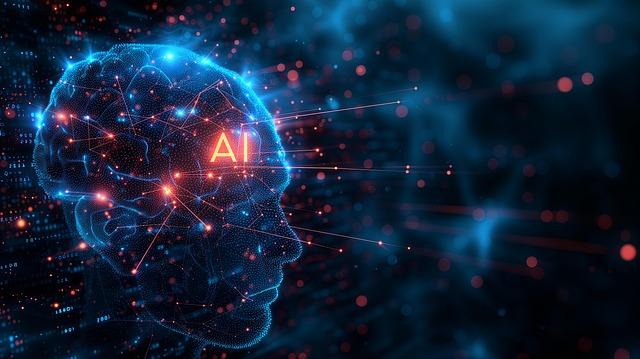- Introduction
- Artificial Intelligence and Machine Learning
- DevOps and Continuous Integration/Continuous Deployment
- Cybersecurity in Software Development
- Cloud Computing and Microservices
- Conclusion
Introduction
As technology continues to evolve at a rapid pace, the field of software development is also experiencing significant advancements. In this article, we will explore some key trends that are expected to shape the future of software development in the coming years.
Artificial Intelligence and Machine Learning

(Image: Pixabay/@AMRULQAYS)
Artificial Intelligence (AI) and Machine Learning (ML) have been revolutionizing the way software is developed and utilized. AI-driven applications are becoming increasingly common in various industries, from healthcare to finance. In software development, AI and ML technologies are being used to automate tasks, optimize performance, and enhance user experiences.
One key trend to watch in the coming years is the integration of AI and ML algorithms into software development processes. Developers will leverage these technologies to create smarter and more efficient applications, enabling better decision-making and predictive capabilities.
DevOps and Continuous Integration/Continuous Deployment

(Image: Pixabay/@Military_Material)
DevOps practices have gained significant traction in recent years, emphasizing collaboration and automation between software development and IT operations teams. The adoption of DevOps principles enables organizations to deliver software faster, more reliably, and with improved quality.
Looking ahead, Continuous Integration (CI) and Continuous Deployment (CD) will continue to play a crucial role in software development processes. By automating testing, building, and deployment tasks, CI/CD pipelines help teams achieve shorter development cycles and quicker time-to-market.
Cybersecurity in Software Development

(Image: Pixabay/@TheDigitalArtist)
With the increasing frequency and sophistication of cyber attacks, cybersecurity has become a top priority for software development teams. Building secure applications is no longer an afterthought but a fundamental requirement throughout the development lifecycle.
In the coming years, we can expect to see a heightened focus on integrating security measures into every stage of software development. From incorporating security testing tools to implementing robust encryption techniques, developers will need to stay vigilant in safeguarding their applications against potential threats.
Cloud Computing and Microservices

(Image: Pixabay/@krzysztof-m)
Cloud computing has transformed the way software is deployed, managed, and scaled. The scalability, flexibility, and cost-efficiency offered by cloud platforms have made them an essential component of modern software development.
Microservices architecture, characterized by the decomposition of applications into smaller, independently deployable services, has gained popularity for its ability to enhance scalability and resilience. In the coming years, we can anticipate a continued shift towards cloud-native development and the widespread adoption of microservices.
Conclusion
As we look forward to the future of software development, it is clear that exciting opportunities and challenges lie ahead. Embracing emerging technologies such as AI, DevOps, cybersecurity, and cloud computing will be key in staying competitive and delivering innovative solutions to meet evolving user needs. By staying informed and adaptable, software developers can navigate the dynamic landscape of technology and drive positive change in the digital world.


